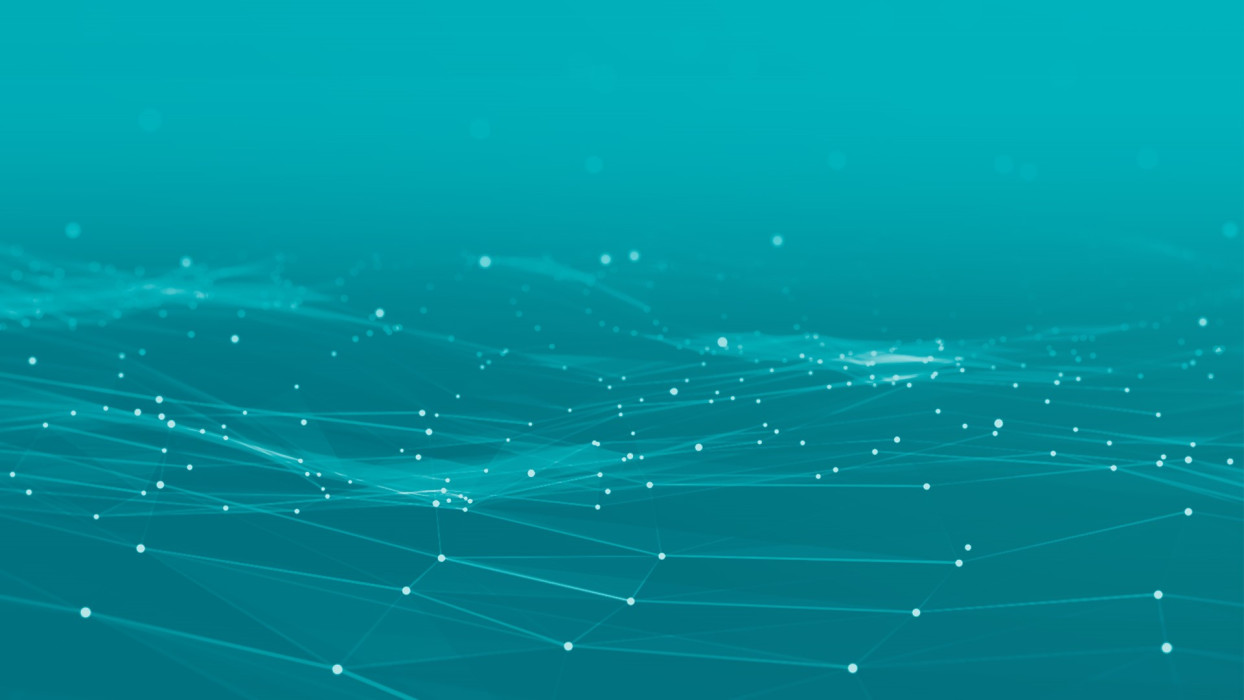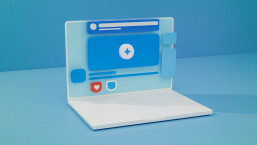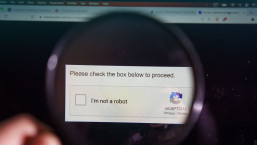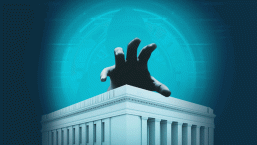As the adage goes, “all good things must come to an end”. And so it is with Windows 7. It received a distinctly warmer welcome than its predecessor, Vista, when it first graced our personal computers in October 2009. The immensely popular operating system (OS) sold over 630 million licenses and introduced a slew of improvements and a new look. After over 10 years of supporting it, Microsoft is officially retiring the OS by ending its Extended Support today.
But, as of December 2019, Windows 7 still commanded over 26% of the Windows market share, a figure that includes millions of home users. So, what does the end of life of Windows 7 mean for all those people who still run the operating system?
You may become an easy target
Most of all, it means leaving your computer more vulnerable. Microsoft will no longer support Windows 7, which means you will no longer receive security updates, nor will you get any technical support from Microsoft customer service. While Microsoft will not stop you from using Windows 7 and you can keep on browsing the internet and accessing your email, in a way you will be choosing to do so at your peril.
Now, you may argue that you use the latest version of a reputable security solution. We commend your proper cybersecurity habits but, unfortunately, it won’t help if bad actors find a new vulnerability in the operating system. If they can uncover and exploit the security hole, they can install all manner of malware on susceptible machines, wreaking havoc and potentially dealing insurmountable damage.
What you may be exposing yourself to
By technology standards, your machine is running on an antiquated operating system that won’t be patched in the future and will be disregarded by Microsoft (barring special circumstances – think the BlueKeep vulnerability and Windows XP and Windows Server 2003). The software that will be running on it may receive updates until the developer decides otherwise, so it may still work.
As for the OS itself, it has now become more susceptible to various forms of malware and other threats. Examples of malicious code that may possibly compromise unpatched computers include ransomware, similar to the one that hit some towns in the state of Texas last year, or spyware, which you can read up on in this article. Computers with unpatched operating systems don’t have to be hit, but they are easier targets.
RELATED READING: Windows 10 security and privacy: An in‑depth review and analysis
Options to consider when upgrading
So, what are your options? Simply put, you may want to consider upgrading at last. Biting the bullet and shouldering the expense of upgrading can save you from picking up the tab for a costly cyberattack.
On the bright side, if you were thinking about switching to another system, there is no better opportunity than now. You have several options to choose from. You can opt for Linux, which offers a number of distributions (the name for Linux operating systems) such as Ubuntu, ElementaryOS, or alternatively you can take a peek at some of the distros we discussed in one of our recent articles.
If you have a more creative streak and don’t really want to delve deep into configuring your system, you might want to consider purchasing a macOS machine. If you’re a jack-of-all-trades, then upgrading to Windows 10 would be the way to go.
Unfortunately, if you’re reading this article now, you’ve missed the window (pun intended) to upgrade to Windows 10 for free. If you want to upgrade to Windows 10 on your old machine, you should refer to Microsoft’s recommendations on the topic. As you can see, there are myriad options available to choose from – you just have to pick one that fits your needs the best.
Conclusion
Moving from a decade-old, now-unsupported operating system is just the first step in the right direction. Now that you’re running on a supported operating system, you still have to be on top of your cybersecurity game. Never underestimate patching your system – it just might save you from threats like the infamous WannaCryptor, aka WannaCry. Last, but not least: always have a reputable security solution installed on your machine that can go a long way towards securing your existence in the cyberworld.





